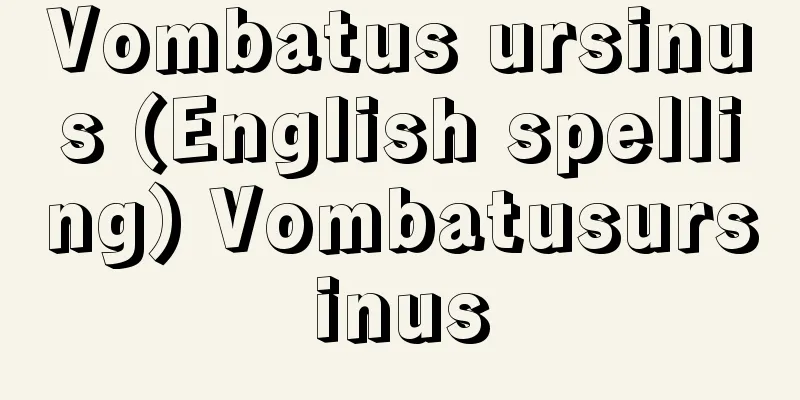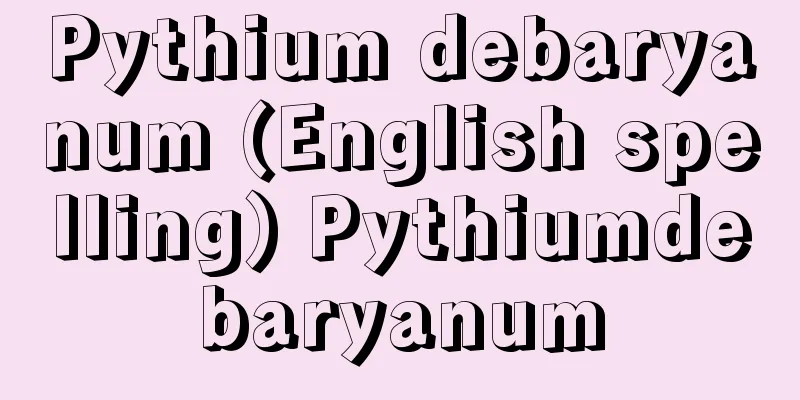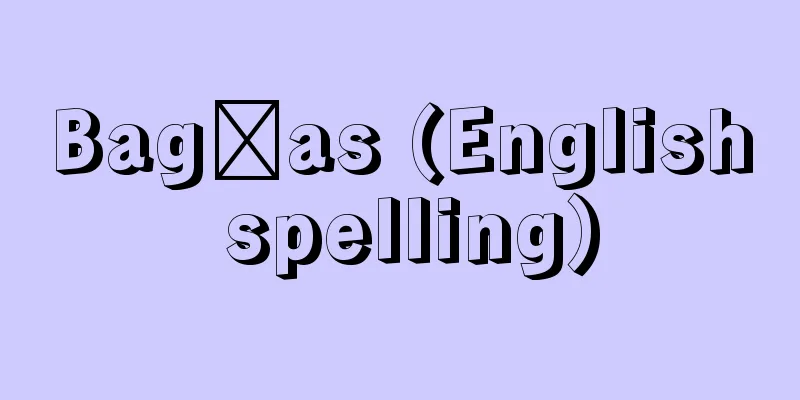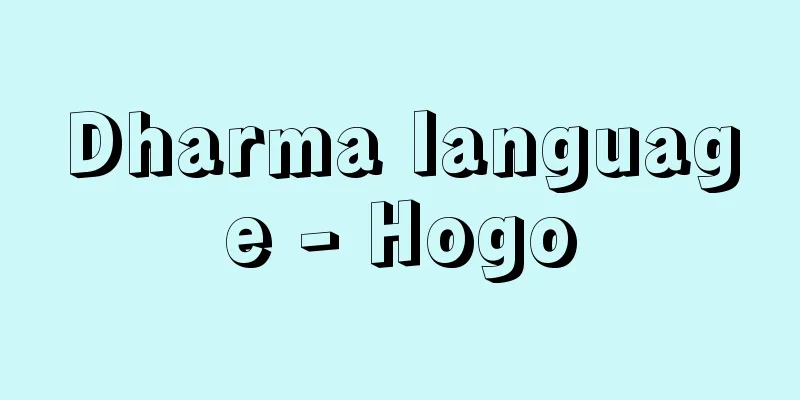Abortion - ninshinchuzetsu
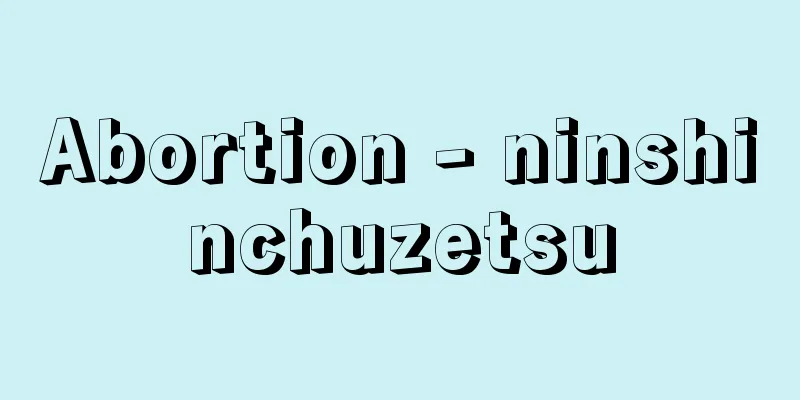
|
Abortion is divided into spontaneous and induced abortions, in which the continuation of pregnancy is interrupted and the contents of the uterus are expelled, but it usually refers to induced abortion. A miscarriage occurs before the 24th week of pregnancy, and premature birth occurs between 24 and 37 weeks. In the case of a miscarriage, it is impossible to preserve the life of the fetus even if it is delivered, so induced abortions are performed within this period and are also called induced abortions or artificial abortions. In other words, induced abortions are abortions that end a pregnancy with the purpose of ending the life of the fetus, and are divided into legal abortions that are performed according to the laws of each country and illegal abortions that are not based on such laws, and illegal abortions are also called abortions or criminal abortions. In general, induced abortions refer to legal abortions, which in Japan are regulated by the Maternal Protection Law (formerly the Eugenic Protection Law). [Masao Arai] Induced abortionMedically, it is divided into early abortion up to 11 weeks of pregnancy and mid-term abortion after that, and the abortion surgery method is different for each. That is, in the early stages of pregnancy, first cervical dilation is performed using a cervical dilator, then the uterine contents are removed by curettage, and the fetus and other uterine contents are all scraped out. Although it is simply called curettage, it is called uterine dilation and curettage as opposed to endometrial curettage, which scrapes out the non-pregnant endometrium. In the middle stages of pregnancy, the fetus grows larger and the skeleton becomes harder, so a method of inducing a miscarriage similar to the labor induction method is used. In this case, hospitalization for about a week is recommended, and the cervix is gradually opened over time using a laminaria rod, a rubber bag called metolirintel is inserted into the uterine cavity, which is inflated with physiological saline to perform traction, and a prostaglandin, a uterine contraction drug, is administered intravenously. In addition, if the continuation of the pregnancy after the 24th week of pregnancy poses a risk to the mother's life, an emergency abortion may be performed, known as induced premature birth. In this case, it is not subject to the Maternal Health Act, but maximum efforts are made to preserve the life of the premature baby. [Masao Arai] When abortion is availableAll of this is regulated by the Maternal Protection Act. First, there are restrictions on doctors who perform induced abortions; if anyone other than a doctor designated by the Medical Association, an incorporated association established for each prefecture, performs an abortion, it will be considered an abortion and they will be punished. The criteria for this designation are indicated by the Japan Medical Association to the prefectural medical associations. Abortions are available in the following cases: (1) when the continuation of the pregnancy or childbirth is in danger of seriously harming the mother's health for physical or economic reasons, and (2) when the pregnancy has been obtained as a result of adultery through violence or threat, or when the woman is unable to resist or refuse. In principle, doctors must obtain the consent of the woman and her spouse before performing an abortion. In reality, most abortions are performed by interpreting condition (1) broadly. [Masao Arai] Post-abortion disorders and lifestyle changesInduced abortions are often performed carelessly and the associated damage is often overlooked, but they often result in spontaneous abortions, ectopic pregnancies, and cervical incompetence, so they must be performed with care. Some people also walk long distances home on the day of the operation or do not rest sufficiently, which is reckless. The system of designated doctors is in place precisely because it is technically difficult, and repeated use of this procedure may eventually have a negative impact on the mother's health. It is best to have the operation as early as possible in pregnancy, and even if the operation is performed early, pregnancy-related changes will have occurred in the mother's body, and there will be many scars in the uterus after the operation, so it is necessary to think of it as a small-scale birth and to remain quiet and clean for at least a week. [Masao Arai] [References] | | | | |Source: Shogakukan Encyclopedia Nipponica About Encyclopedia Nipponica Information | Legend |
|
妊娠の持続が中断され、子宮内容が排出されることで、自然妊娠中絶と人工妊娠中絶に分けられるが、普通は人工妊娠中絶をさす場合が多い。また、その時期からは妊娠24週未満の場合を流産、24週から37週未満の場合を早産というが、流産の場合は胎児が娩出(べんしゅつ)されても生命を保持することは不可能で、人工妊娠中絶はこの期間内に行われ、人工流産、人工中絶ともよばれる。すなわち、人工妊娠中絶は胎児の生命を絶つ目的で妊娠を中絶させるわけで、それぞれの国の法規に従って行われる合法的流産と、それによらない非合法的流産とに分けられ、非合法的流産は堕胎あるいは犯罪流産ともよばれる。一般に人工妊娠中絶という場合は合法的流産をさし、日本では母体保護法(かつての優生保護法)によって規制されている。 [新井正夫] 人工妊娠中絶医学的には妊娠11週までの初期人工妊娠中絶と、それ以後の中期人工妊娠中絶とに分けられ、それぞれ中絶手術の方式を異にしている。すなわち、妊娠初期には、まず頸管(けいかん)拡張器によって子宮頸管拡張術を行い、次に掻爬(そうは)術によって子宮内容を除去し、胎児その他の子宮内容を残らず掻(か)き出してしまうわけで、単に掻爬ともいうが、妊娠していない子宮内膜を掻き出す子宮内膜掻爬術に対して子宮内容除去術とよばれる。妊娠中期になると、胎児も大きく成長し骨格も硬くなってくるので、分娩誘発法に準じて流産をおこさせる方法がとられる。この場合は約1週間の入院が望まれ、時間をかけてラミナリア桿(かん)を用いて頸管を徐々に開大させ、メトロイリンテルとよばれるゴム製の袋を子宮腔(くう)内に挿入し、生理的食塩水でこれを膨らませて牽引(けんいん)を行い、子宮収縮薬のプロスタグランジンを点滴静注する方法などが行われる。 なお、妊娠24週以降において妊娠の持続が母体の生命に危険を招くようになった場合には、緊急避難行為として人工妊娠中絶を実施することがあり、人工早産とよばれる。この場合は母体保護法の規制は受けないが、早産児の生命の保持に対して最大の努力が続けられるわけである。 [新井正夫] 中絶が受けられる場合すべて母体保護法によって規定されている。まず人工妊娠中絶を行う医師についての規制があり、都道府県の区域を単位として設立された社団法人である医師会の指定する医師(指定医師)以外の者が行った場合は、堕胎とみなされて処罰される。この指定の基準は、日本医師会が都道府県の医師会に示している。また、中絶が受けられるのは、(1)妊娠の継続または分娩が身体的または経済的理由によって母体の健康を著しく害するおそれのある場合、(2)暴行や脅迫によって、または抵抗もしくは拒絶することができない間に姦淫(かんいん)されて妊娠した場合、となっており、医師は本人および配偶者の同意を得て行うことが原則となっている。実際には(1)の条件を拡大解釈して行われる場合がほとんどである。 [新井正夫] 中絶後の障害と摂生人工妊娠中絶はしばしば安易に行われ、それに伴う障害が軽視されやすいが、その後の妊娠の際に自然流産や子宮外妊娠、頸管無力症などが多くみられるので、慎重に行う必要がある。また、手術当日そのまま遠路を歩いて帰宅したり、休養を十分にとらない人もあるが、乱暴なことである。技術的にもむずかしいものであるからこそ、とくに指定医制を設けているわけで、さらにこれを繰り返すことは母体の健康にも悪影響がいつかは出てくるおそれもある。手術はなるべく妊娠初期に受けるのが望ましく、たとえ早期に手術をしても母体には妊娠性の変化がおこっており、手術後の子宮内には傷が多くできているわけで、小規模の出産と考えて少なくとも1週間は安静と清潔を守るよう心がける必要がある。 [新井正夫] [参照項目] | | | | |出典 小学館 日本大百科全書(ニッポニカ)日本大百科全書(ニッポニカ)について 情報 | 凡例 |
>>: Pregnancy diagnosis - ninshinshindan
Recommend
Murakata Soudou
A struggle by small-scale peasants to denounce th...
Blue-tailed butterflies - Blue-tailed butterflies
...Adults are sometimes recorded as vagrants in t...
Total Allowable Catch
This defines the total amount that can be caught f...
Colobus monkey
A general term for Old World monkeys belonging to ...
quô'c ngũ' (English spelling) quocngu
...Chu Nom records of Vietnamese literature date ...
Mount Oonanjimine
...A volcano that was active in the latter half o...
Alecto
…For several decades, paddle ships replaced saili...
Parece Vela (English spelling)
…The southernmost island in Japan (20°25′N, 136°0...
flibustier
…The buccaneers were originally a profession of t...
Cassius - Gaius Cassius Longinus
A Roman politician and general in the final days ...
Aivazovsky, IK - Aivazovsky
…The history of Armenian art is older than the co...
time division multiplexing
…This is the multiplex communication method that ...
Prüm Abbey - Prüm Abbey
It was founded in 720 in Prüm in the Eifel region ...
Prologue - Prologue (English spelling)
It can be translated as "preface," &quo...
Boundary layer separation
...This was a breakthrough not only in resolving ...



